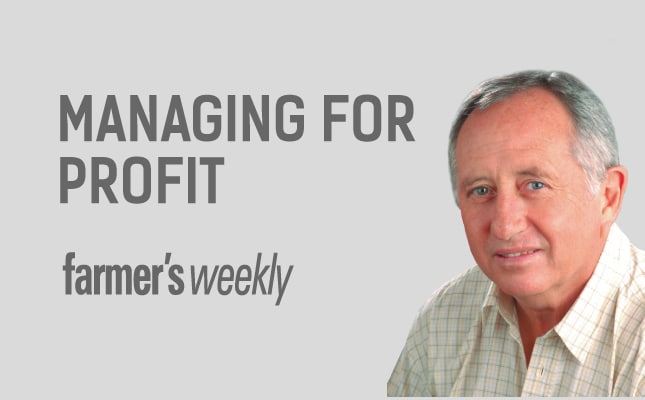
In The Beauties of Nature and the Wonders of the World We Live In, published in the 1890s, British scientist John Lubbock writes: “What we see depends mainly on what we look for.
In the same field the farmer will notice the crop, the geologist the fossils, the botanist the flowers, the artist the colouring, the hunter the cover for game.
“Though we may all look at the same thing, we do not all see the same things.”
Our individual perceptions are affected by our biases, our motivations and our emotions. In making the many decisions required to manage your business, you are interpreting the facts on which you base your decisions through your own selective perception filter. So stop and think: are my perceptions causing possible distortions?
Ascertain the facts
Then, of course, the facts themselves need to be checked. Are they ‘alleged facts’, ‘assumed facts’, ‘hearsay facts’, or unquestionable facts?
And exactly what facts are you taking into account? Has anything been left out? Many facts lose all meaning because a comparison is missing. When looking at a set of numbers, study the raw underlying figures rather than percentages. Beware too of the ‘index’ and the ‘average’; these can be made to demonstrate almost anything. Finally, is all the data presented, or is it selected to support the conclusion or theory?
Beware a well-known name quoted to support a ‘fact’. Has the person been correctly quoted? A statement taken out of context means the authority might not support the conclusion drawn. Is the person being quoted credible? Despite having academic credentials, he or she might represent a special interest group.
Finally, what is the source of the information behind the fact? Is it trustworthy? If it’s based on a survey, was the sample size large enough?
GM foods are a good example. This is a vital issue which will affect food security worldwide, and yet the debate rages: are these foods safe? The topic has received attention from brilliant scientists, yet we remain bogged down in a debate about the facts. Almost every writer on the subject accuses others of ‘getting the facts wrong’ or ‘distorting the facts’, and here the differing perceptions of the facts come into play. So sift through the research and decide for yourself!
Differences
Legalising the sale of rhino horns is another example, and one where interpretations of the same group of ‘facts’ leads to diametrically opposed views. One set of experts supports the sale of rhino horns in order to reduce poaching pressure, while another claims that such a step will lead to an increase of poaching. They cannot both be right!
Like all businessmen, you need to collect and utilise accurate information for your operation. So get to know the indisputible facts – and interpret them objectively.
This article was originally published in the 11 September 2015 issue of Farmers Weekly.








